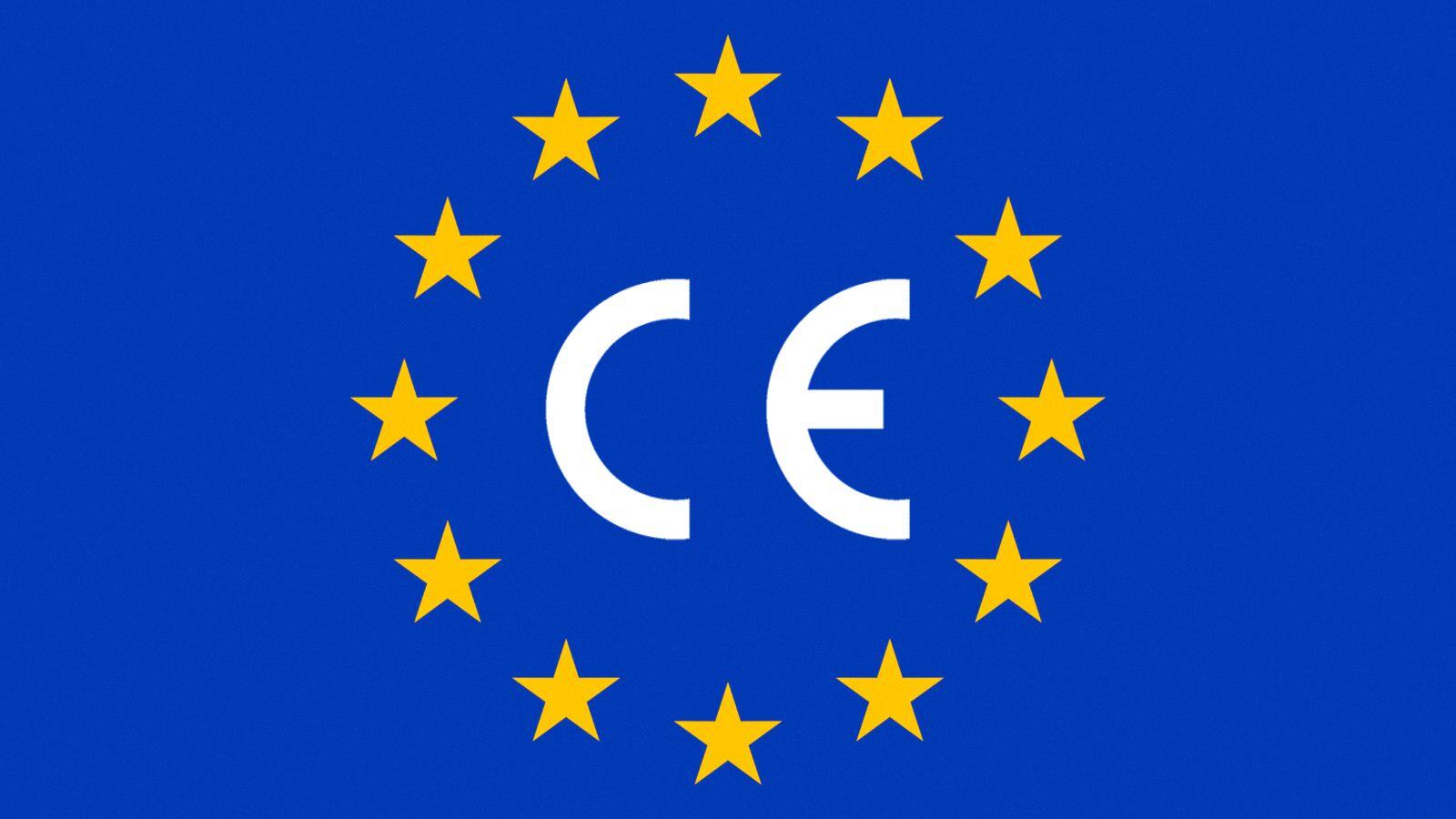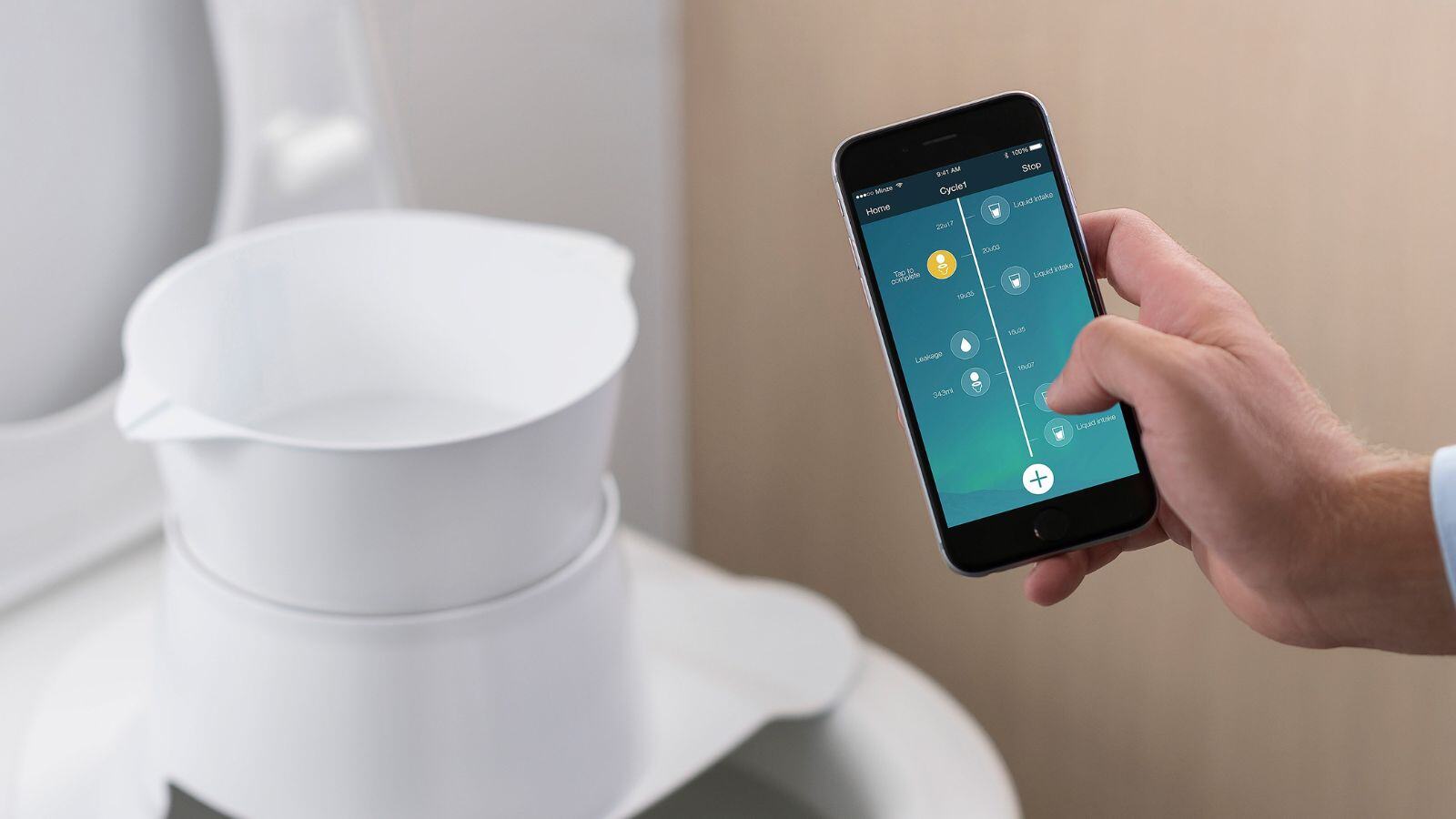As global clinical trials grow in scale and complexity, integrating In Vitro Diagnostics (IVDs) into clinical trial design and execution has become essential, especially in the context of precision medicine and targeted therapies.
For IVD manufacturers and sponsors, however, the regulatory landscape can be daunting. The European Union’s In Vitro Diagnostic Regulation (IVDR), alongside the Clinical Trials Regulation (CTR), introduces significant obligations that impact device classification, trial design, and performance evaluation strategies.
This blog explores the regulatory challenges and best practices for IVD sponsors and pharmaceutical partners conducting clinical trials in the EU and beyond. Drawing from real-world scenarios, we outline how to navigate IVDR requirements and develop a successful compliance strategy. The goal: to help you run efficient, compliant studies and bring innovative diagnostics to market faster.
Understanding the Role of IVDs in Clinical Trials
In a clinical trial, any assay with a medical purpose, such as patient selection, treatment allocation, or monitoring the safety and efficacy of the treatment during the trial, is considered an IVD. Whether you’re using a CE-marked companion diagnostic, a Research Use Only (RUO)-labeled test, or an in-house developed assay, the IVDR applies if that test guides patient management decisions in the EU.
This means that even assays not originally intended for diagnostic use, such as exploratory biomarkers or research-use-only platforms, can fall under IVDR once assigned a medical purpose. This distinction carries significant implications for sponsors, including the need for appropriate performance study documentation, compliance with the General Safety and Performance Requirements (GSPRs), and, in some cases, submission for Competent Authority authorisation.
Failing to correctly classify your assay can lead to regulatory delays, requests for additional data, rejections, or even the need to modify the study design mid-way. Early planning and cross-functional collaboration between clinical, regulatory, and laboratory teams are essential to avoid these risks.
Navigating IVDR and CTR: Where They Intersect (and Clash)
Under the IVDR, IVDs used in performance studies in the EU must comply with specific regulatory requirements. Interventional clinical performance studies, or those involving additional invasive procedures or risks to subjects, require submission of a Performance Study Application under IVDR Article 58. Meanwhile, the CTR governs clinical trials for medicinal products, requiring submission of a Clinical Trial Application (CTA) and related documentation.
These parallel systems can result in duplicative requirements, unclear responsibilities, and frustrating delays for sponsors. Common challenges include:
- Determining whether the assay requires a formal performance evaluation study
- Knowing when leftover samples are sufficient versus when fresh, invasive sampling falls under IVDR Article 58(1)
- Clarifying whether the performance study sponsor should be the IVD manufacturer or the sponsor of the pharmaceutical clinical trial
- Aligning documentation, timelines and regulatory expectations across multiple competent authorities and both the IVDR and CTR frameworks
For stakeholders involved in IVD performance studies, including diagnostic manufacturers, diagnostic sponsors, and pharmaceutical sponsors, the dual compliance requirements of the IVDR and, where applicable, the CTR can be challenging, requiring careful coordination, documentation, and regulatory planning. Fortunately, guidance is emerging, and best practices are starting to coalesce around collaborative models.
Real-World Scenarios: Lessons Learned from Complex Trials
Global Trial with U.S.-Based Assay
Consider the case of a global Phase III trial enrolling patients in both the U.S. and EU, using a non-CE marked NGS-based assay run at a CLIA-certified U.S. lab. Although the assay is intended solely for trial inclusion purposes, because it influences patient treatment and is used on EU patients, it qualifies as an IVD under IVDR.
The result? A formal performance study authorization is required under Article 58(1), including full documentation and submission to the relevant EU authorities.
Hospital In-House Device and Article 5(5) Exemption
Another example involves an in-house device developed by a European hospital laboratory. If this assay is used within its intended purpose and all GSPRs are met, it may qualify for an exemption under Article 5(5)—avoiding the need for a formal performance study. However, if the device is used outside its intended purpose or GSPRs are not fully met, this exemption no longer applies.
RUO Components Triggering Manufacturer Obligations
A third scenario includes the use of RUO-labeled components within an IVD assay. Assigning a diagnostic purpose to these components effectively makes the study sponsor a device manufacturer under the IVDR, triggering obligations such as design controls, risk management, and analytical validation.
Best Practices for Planning Combined Studies
Running a combined clinical trial and performance study requires careful planning and strategic alignment across teams. Key practices include:
Start early
Engage regulatory experts during the trial design to assess the assay’s regulatory status and determine whether its intended use in the trial triggers IVDR performance study requirements.
Define roles clearly
Build a unified data strategy
Align endpoints, documentation, and reporting to meet both IVDR and CTR requirements efficiently.
Monitor proactively
Implement performance study monitoring frameworks that satisfy IVD expectations while integrating with overall trial oversight.
Collaborating with experienced partners who understand both pharmaceutical and diagnostic regulatory landscapes can significantly reduce risk and help you navigate evolving EU regulatory frameworks.
Future Outlook: Harmonization on the Horizon
Several initiatives are currently underway to harmonize clinical trial and IVD requirements in the EU. One such initiative, the COMBINE programme, aims to streamline combined study assessments between Competent Authorities across EU Member States. Launched in June 2023, the programme addresses the interface between the CTR, the Medical Device Regulation (MDR) and the IVDR. The programme is being implemented in two phases:
1. Analysis Phase
2. Development Phase
The potential benefits of this harmonization are significant: a single coordinated submission process, fewer administrative delays, and more consistent feedback. Until then, sponsors must navigate a fragmented regulatory landscape—but with the right support and preparation, it is absolutely manageable.
Partnering with QbD for Regulatory Success
At QbD Group, we support IVD manufacturers, performance study sponsors and pharmaceutical clinical sponsors in navigating regulatory complexity. Our team of seasoned experts cover the full lifecycle of diagnostics development, from analytical validation and design control to performance study submissions, ensuring your IVD integrates seamlessly with clinical trials under CTR.
Whether you need guidance on assessing your assay’s regulatory status and whether its intended use in the clinical trial triggers IVDR performance study requirements, or support streamlining combined trial planning, we’re here to help.
Contact us today and discover how QbD Group can accelerate your IVD clinical journey, while keeping you fully compliant every step of the way.














%20Checklist.jpg)








.jpg)




.jpg)
.jpg)

.jpg)


.jpg)
.jpg)
.png)